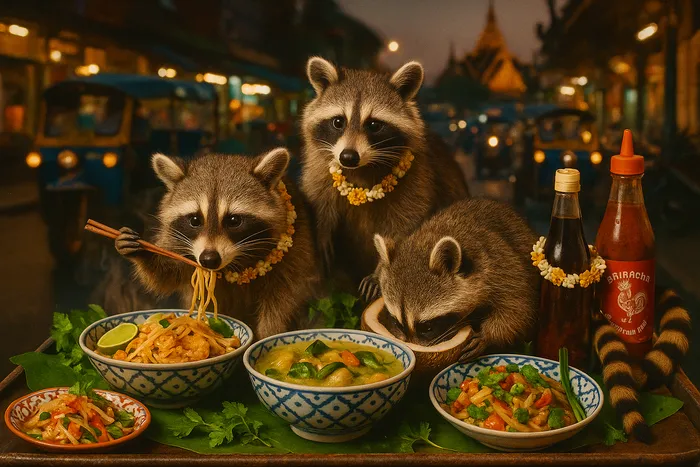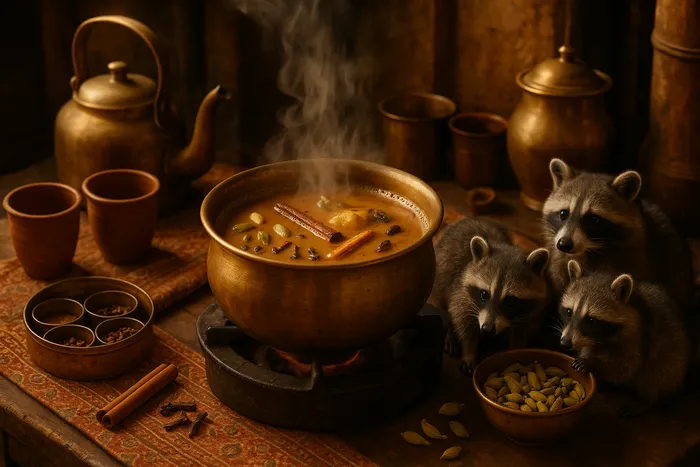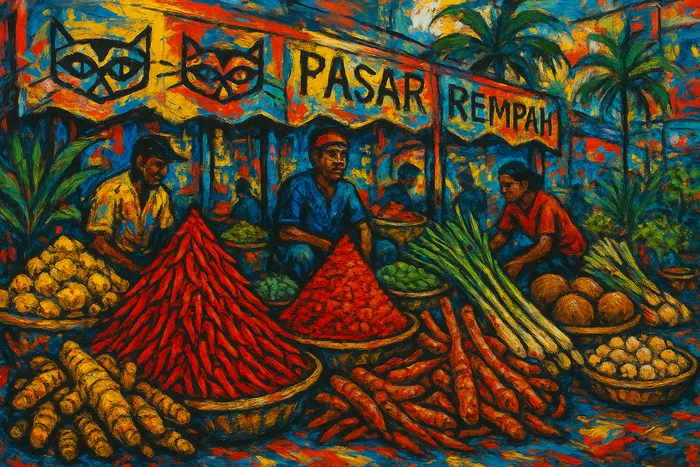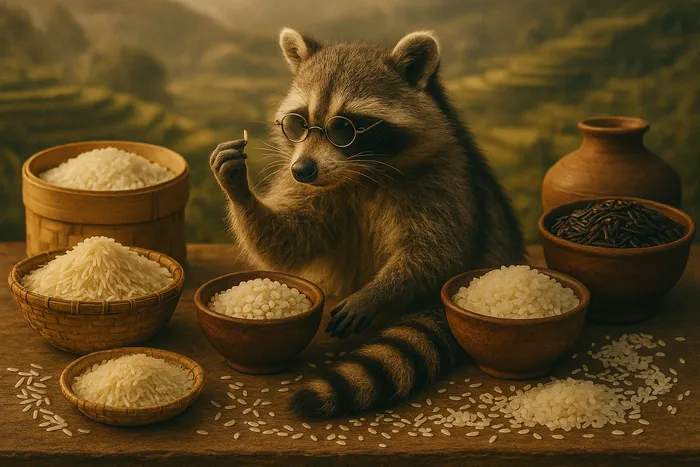travel
Indian Cuisine Guide

Raccook
December 6, 2024
3min read
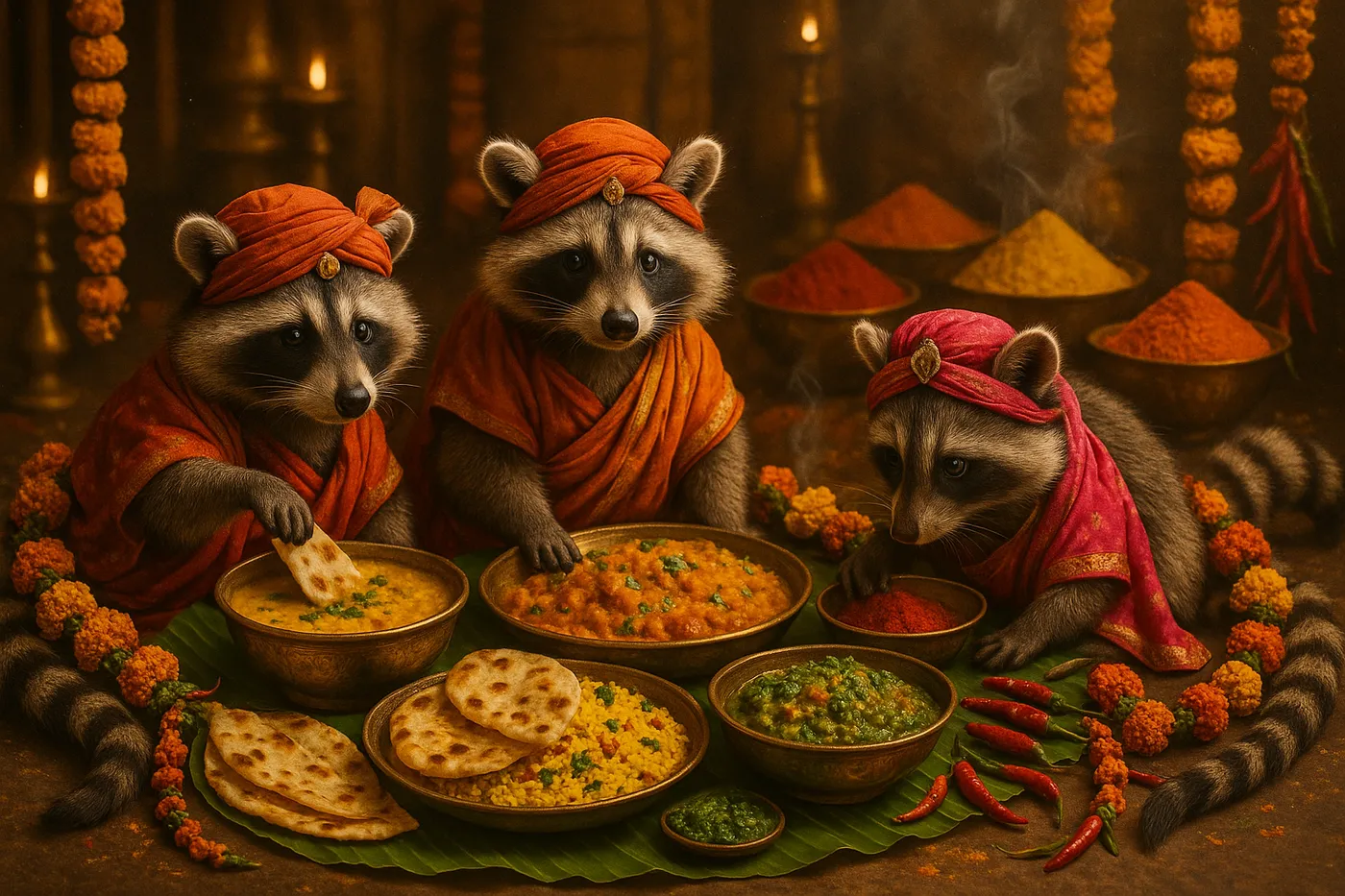
Indian cuisine encompasses multiple distinct regional traditions, each with unique spice combinations, cooking methods, and ingredient preferences. Understanding these differences reveals the complexity behind what is often oversimplified as "curry" in Western contexts.
Regional Variations
Northern Indian cuisine features wheat-based breads, dairy products, and meat preparations. Popular dishes include naan, roti, paneer-based curries like Indian Butter Chicken, and tandoor-cooked items. Spice blends tend to be warming, with emphasis on cumin, coriander, and garam masala.
South Indian cooking relies heavily on rice, lentils, and coconut. Fermented preparations like dosa and idli are staples. Spice profiles favor curry leaves, mustard seeds, and tamarind. Heat levels are often higher, with extensive use of chilies and black pepper.
Western regions like Gujarat emphasize vegetarian cooking with sweet and savory combinations. Eastern cuisine from Bengal features fish, rice, and subtle spicing with emphasis on mustard oil and panch phoron (five-spice blend).
Spice Knowledge and Usage
Indian spice usage follows specific principles beyond just adding heat or flavor. Whole spices are often toasted to release oils before grinding. Different spices are added at different cooking stages - some at the beginning for base flavors, others at the end for aroma.
Common spice combinations include garam masala (warming spices), sambar powder (South Indian lentil dish spicing), and chaat masala (tangy snack seasoning). Each blend serves specific dish categories and regional preferences.
Spice storage and freshness significantly affect flavor. Whole spices maintain potency longer than ground versions. Many Indian cooks grind spices fresh for each dish or maintain multiple spice blends for different cooking needs.
Essential Techniques
Tempering (tadka) involves heating oil and adding whole spices to release flavors before incorporating into dishes. This technique appears in most Indian cooking and requires understanding proper oil temperature and spice timing.
Dal (lentil) preparation varies significantly by region and lentil type. Some require soaking, others cook directly. Proper seasoning and consistency depend on understanding each lentil variety's characteristics.
Bread making includes multiple techniques - tandoor baking, griddle cooking, and deep frying. Each method produces different textures and flavors, with specific breads like Indian Masala Chai Paratha pairing better with certain dishes.
Vegetarian Traditions
Many regions maintain extensive vegetarian traditions, creating protein-rich dishes through lentil and dairy combinations. These traditions developed sophisticated techniques for creating satisfying meals without meat.
Fermentation plays a crucial role in South Indian vegetarian cooking. The warming spices from dishes like Indian Masala Chai also define the region's flavor profile. Fermented batters create light, digestible breads and pancakes while adding nutritional value. Understanding fermentation timing and conditions is essential for proper results.
Paneer (fresh cheese) preparation and cooking requires specific techniques to maintain texture. Different preparation methods suit different dish types - from soft paneer for creamy curries to firm versions for grilling.
Market and Ingredient Sourcing
Indian markets organize around seasonal availability and regional specialties. Spice vendors often blend custom mixtures for regular customers, maintaining quality and freshness standards not found in pre-packaged alternatives.
Fresh ingredients like curry leaves, green chilies, and ginger require daily shopping in traditional cooking. Beverages like Indian Masala Chai showcase how these spices work together. These ingredients lose potency quickly and significantly affect final dish quality.
Regional ingredients often don't travel well, creating authentic flavor differences between regions. Coconut availability affects South Indian cooking, while dairy quality influences North Indian preparations.
Connecting Indian Techniques
Indian cooking principles apply broadly to other cuisines. Spice layering techniques work well in the Chili chronicles approach to heat building. Fermentation knowledge from the Fermentation Journey helps understand South Indian bread preparations.
The emphasis on fresh spicing and proper technique over expensive ingredients translates to any cuisine. Understanding spice behavior and proper cooking methods produces better results than simply following recipes without technique knowledge.




